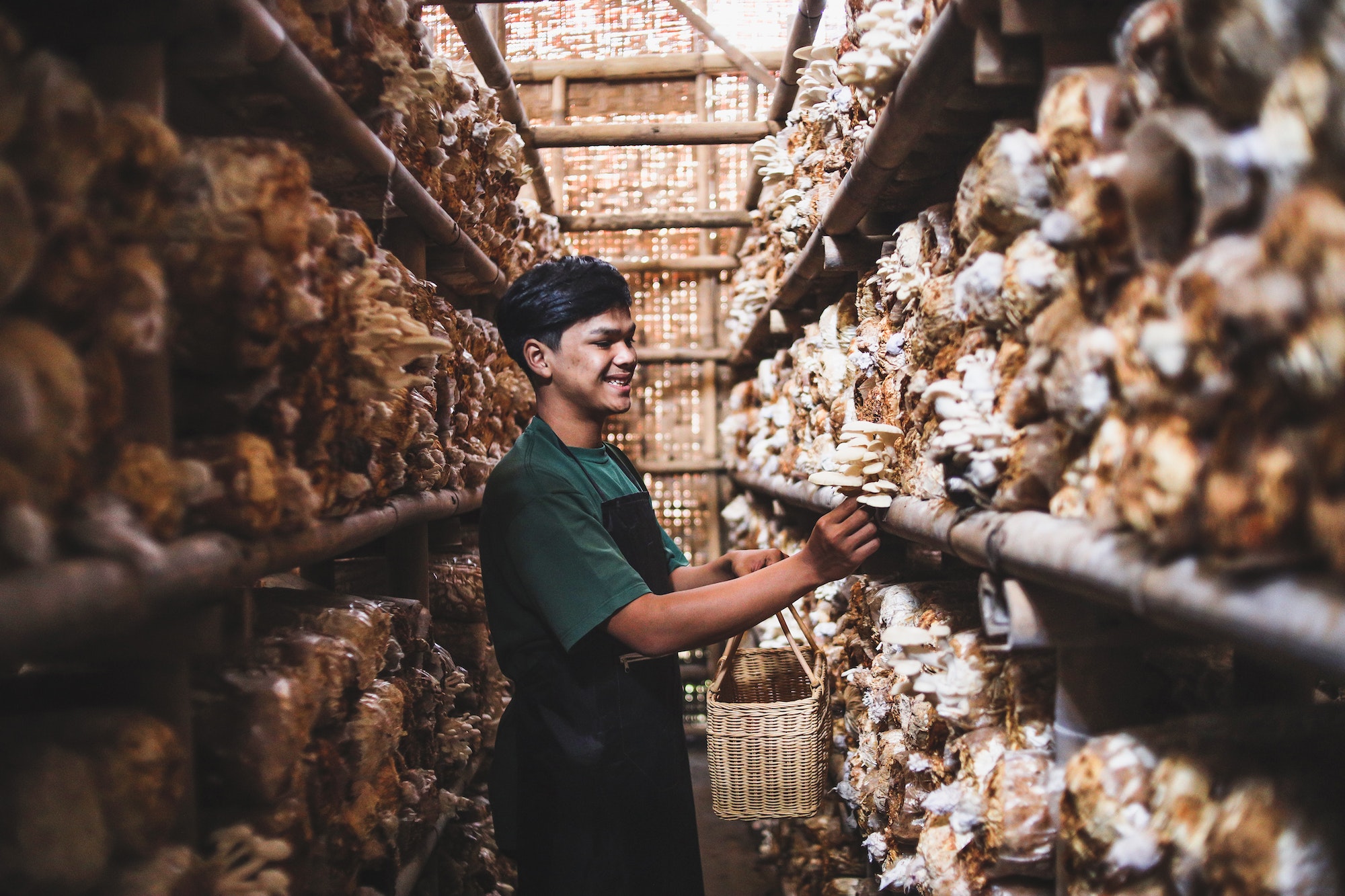Mushroom Cultivation
Mushroom Cultivation
Disclaimer: The content on this page is intended for informational purposes only. It is not intended to provide medical advice or to take the place of such advice or treatment from a personal physician. All readers/viewers of this content are advised to consult their doctors or qualified health professionals regarding specific health questions.

Mushroom cultivation refers to the intentional cultivation or farming of mushrooms for food, medicinal purposes, or other applications. It involves creating the optimal conditions for mushroom growth and providing the necessary substrate (growing medium) for the mushrooms to thrive.
The cultivation process typically starts with selecting a suitable mushroom species to grow. Different species have specific growth requirements and preferred substrates. Commonly cultivated mushrooms include button mushrooms, oyster mushrooms, shiitake mushrooms, and many more.
The cultivation process can be broadly divided into the following steps:
- Substrate Preparation: The substrate, which can be a mixture of various organic materials like straw, wood chips, sawdust, or agricultural waste, is prepared and sterilized to remove any competing organisms or contaminants. This step ensures a clean environment for mushroom growth.
- Inoculation: Once the substrate is prepared and cooled, it is inoculated with mushroom spawn. Spawn consists of mycelium, the vegetative part of the mushroom, which is obtained from a pure culture. The spawn serves as the “seed” for mushroom cultivation, and it is added to the substrate, allowing the mycelium to colonize and spread throughout the substrate.
- Incubation: After inoculation, the substrate bags, trays, or containers are placed in a controlled environment, usually with specific temperature and humidity conditions. During this period, the mycelium grows and colonizes the substrate, forming a network of fine threads.
- Fruiting: Once the mycelium has fully colonized the substrate, the growing conditions are adjusted to stimulate the fruiting phase. This involves providing the right temperature, humidity, and lighting conditions, depending on the mushroom species. Mushroom pins (baby mushrooms) begin to form and grow into mature mushrooms that are ready for harvest.
- Harvesting: When the mushrooms have reached the desired size and maturity, they are harvested by cutting or twisting them from the substrate. Harvesting is usually done selectively to allow for further flushes or waves of mushroom growth.
- Post-Harvest and Regeneration: After harvesting, the substrate can sometimes be used for additional flushes of mushroom growth, depending on the species and cultivation method. Proper post-harvest handling, such as cleaning, packaging, and storage, ensures the mushrooms remain fresh and retain their quality.
Mushroom cultivation can be practiced on a small scale at home or on a larger commercial scale. It requires attention to environmental conditions, sanitation, and understanding the specific requirements of each mushroom species. With proper techniques and care, mushroom cultivation offers the opportunity to grow a variety of delicious and nutritious mushrooms year-round.
